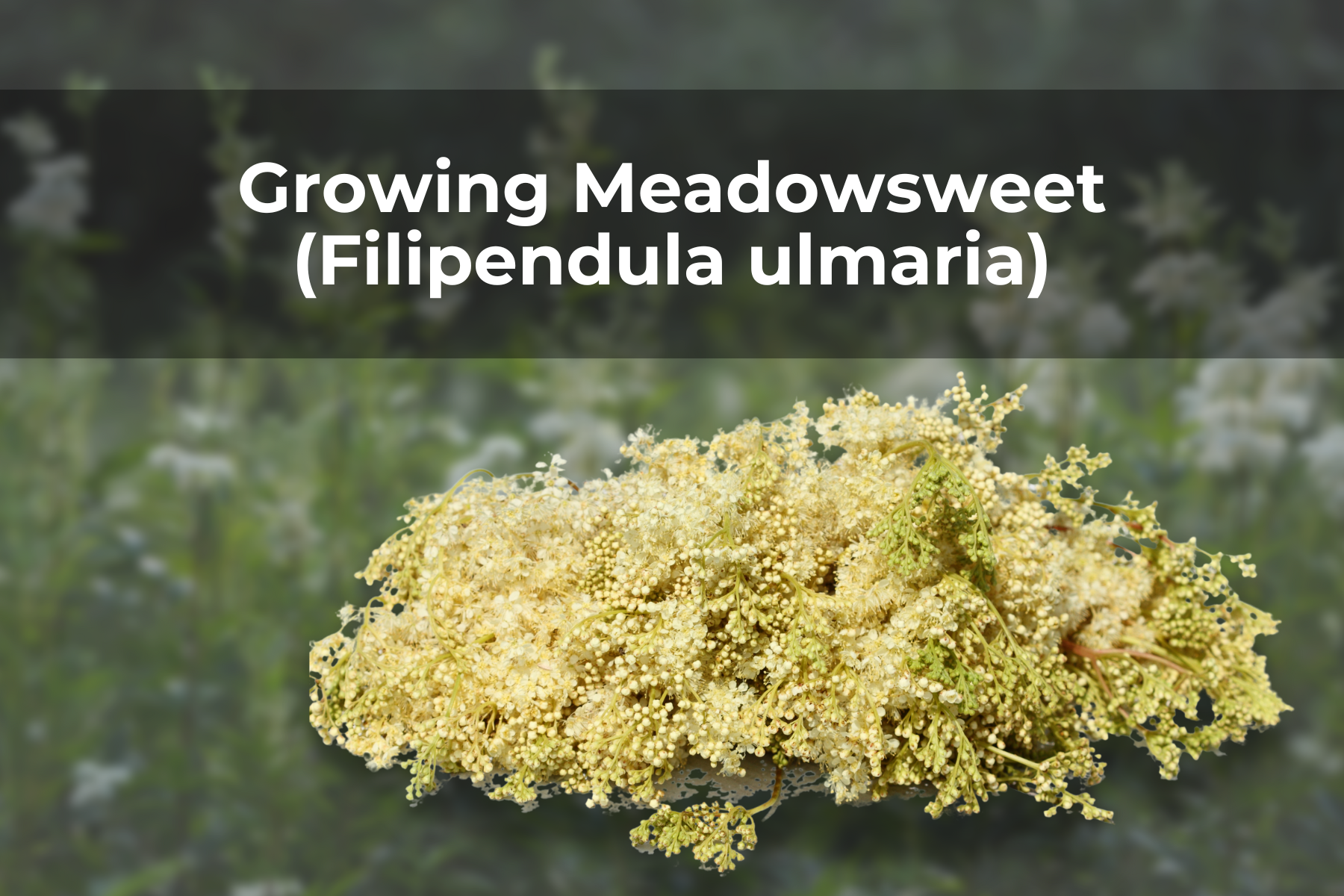Last Updated on October 8, 2022 by Real Men Sow
Filipendula Ulmaria (Meadowsweet) is a long-standing herbal favorite. They use the flowers and leaves traditionally as an anti-inflammatory and antiseptic, diuretic and stomachic, and also tonic. This attractive plant is great for growing in moist soil or boggy areas such as near a pond’s edge. But people grow them for its leaves, which are a bright, golden-green color that fades to gold in summer when strong sunlight hits them.
Filipendula Ulmaria flowers can bloom and have a sweet, strong scent. However, the plant invests a lot of energy in developing flower spikes. Plants can be kept vegetative by removing flower spikes as soon they become visible. This will allow them to develop more prominent, larger leaves. This not only makes plants look better but also stops them from self-seeding. You may also grow them in boggy soil, in full sun or partial shade. If necessary, remove flowers to stop self-seeding.
Benefits of Growing Meadowsweet (Filipendula ulmaria)
Meadowsweet flowers are small, cream in color clusters. This species is a wonderful addition to a pond garden or wetland. However, they are an invasive species. Therefore, this species can outcompete native vegetation and take over valuable habitat.
However, People have been using Meadowsweet as a medicine throughout history. It actually contains high amounts of salicylic Acid, which is the same ingredient found in willow bark or aspirin. Although, people still use meadowsweet as an anti-inflammatory agent and digestive aid. Even if researches did not study them extensively yet.
Conditions for Meadowsweet (Filipendula ulmaria) to Thrive
Meadowsweet is easy to grow and requires little maintenance. The plant is not tolerant to drought and needs constant water access. They often grow Meadowsweet in damp meadows as well as at the edges of streams and ponds.
The meadowsweet can grow without any intervention. The best environment for meadowsweet is a wetland or near a pond. Its clusters of white flowers are an ornamental addition to flower gardens. You can also use meadowsweet flowers as cut flowers indoors.
Planting Meadowsweet (Filipendula ulmaria) in Ponds
Meadowsweet seeds, in general, are dependent on cold stratification to grow. This means that they need cold weather to come out of dormancy. In autumn, gently press the seeds under the soil surface. The seeds will not germinate until spring, so it is not necessary to water them yet. Once your seeds sprout, however, it is important to keep the soil moist.
To grow meadowsweet from a plant that is already established, you can simply bury the roots in rich soil up to the crown of your stem. This plant thrives in well-drained, moist soils.
Filipendula ulmaria Care Guide
Meadowsweet thrives in partial sunlight, but it can tolerate some shade. It is important to ensure that meadowsweet has plenty of water. It is possible to plant meadowsweet in the vicinity of your pond to ensure that it has access to well-drained soil.
Winter Care
Meadowsweet is a herb that is native to areas that have cold winters. It is therefore able to withstand cold temperatures without too much difficulty. It is crucial that this plant be grown in colder areas because the seeds of meadowsweet require cold stratification in order to germinate in spring. When meadowsweet is grown in its native zones of hardiness, there is no need to do any special preparations for it to be winter-ready. Please consider whether meadowsweet is an invasive plant in your region if you grow it outside of its native zones.
Is Meadowsweet Toxic, Poisonous or Invasive?
Meadowsweet can become an invasive plant in areas outside of its natural habitat. In some cases, it is even banned. Meadowsweet can take over habitats from other species and can cause problems for native ecosystems. To prevent meadowsweet from spreading, make sure you plant it in pots. Meadowsweet isn’t toxic and has been consumed for many years by people for various reasons.
Is the Plant and Edible and Will Fish Eat It?
Meadowsweet can be eaten and used for medicinal and culinary purposes throughout history. It can also be used in mead-making. Although mead is made from fermented honey, water and meadowsweet, it does not need it. However, it has been used in some cases to this day.
Pond fish won’t be able to eat meadowsweet because it isn’t an aquatic plant. However, they shouldn’t feel any adverse effects if they try.


